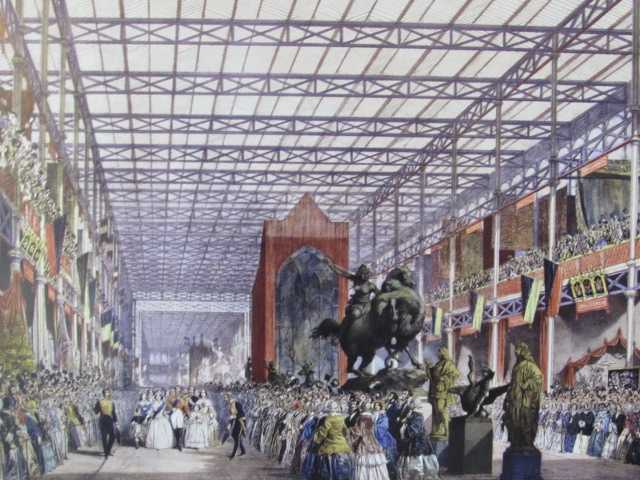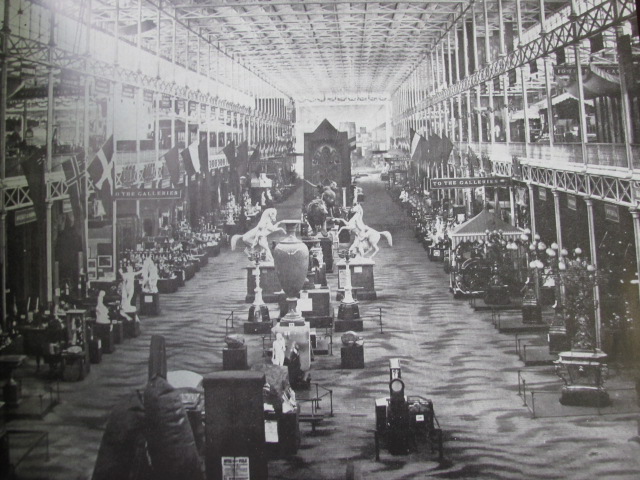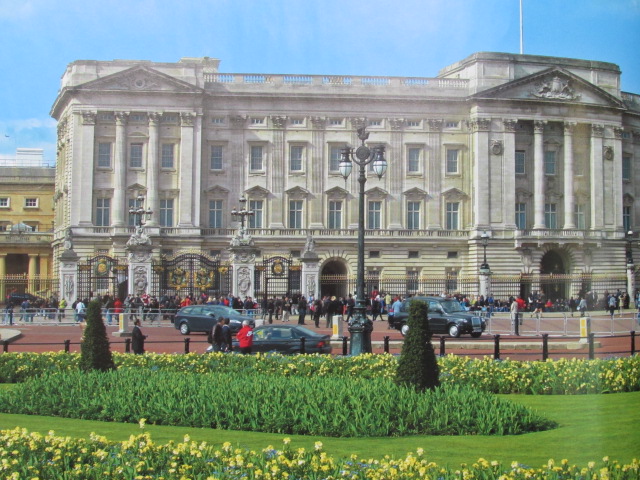
Universal exhibition "EXPO" is always an event of a global scale, comparable only with the Olympic Games, for the right to conduct which are struggling cities and countries. The exhibitions of EXPO are an international stage, at which countries present themselves, debate, while competing with each other. It is here that they creatively and universally demonstrate economic and cultural changes, directions of development, plans and aspirations. This months-long spontaneous and polythematic exchange of ideas during the EXPO shows not only such material symbols as the Eiffel Tower in Paris (EXPO of 1889) or the Atomium in Brussels (EXPO of 1958), but also long-term economic and related with image results.
The first world exhibition was held in 1851 in Hyde Park in London on the initiative of Henry Cole, statesman, entrepreneur and designer, and Prince Albert. The motto of the exhibition was the slogan: "Let all nations work on a great deal – the perfection of humanity."
The main attraction of the exhibition was the Crystal Palace, erected by Joseph Paxton of iron and glass. The building was constructed of separate structures that were easily assembled and disassembled. It was the palace, which personified the beginning of the "golden age". Along with the exhibits, trees and sculptures were placed along the main passages inside the Crystal Palace. After the exhibition was closed, the building was moved to a new park, but in 1936 it burned down.
The exhibition area was 10.5 hectares, of which 7.2 hectares are the Crystal Palace. 25 countries and 15 British colonies took part, visitors were 6,039,205.
In subsequent years in the largest cities began to build similar rooms of glass and iron - reading rooms, passages, vaulted galleries.
It was then that the exhibition principles began to be worked out, which eventually became mandatory, being fixed in the relevant international normative acts. Their main goal is a public demonstration of the latest scientific and technological achievements, development prospects, as well as the history, traditions and culture of the participating countries.
Today, 166 years after the first World EXPO in London, the "EXPO scene" is becoming even broader, beyond the physical framework of "here and now." Participants in parallel with the organization of national expositions also create a narrative in a virtual world that reaches millions of people around the world.
At the World Industrial Fair in London, various countries around the world exhibited about 13,000 exhibits, including models of the steam engine, high-speed steamer and crane, and the American harvesting machine. China's sector was also represented at the exhibition, but there were very few goods from China. The rulers of the Qing dynasty refused to participate in the exhibition, since England opposed China during the first opium war.
The Great Exhibition in London proved to be very successful. The organizers made a profit of 186 thousand pounds. With this money, the Scientific and Art Center was established in London. On this basis, the Victoria and Albert Museum, the Museum of Science and the Museum of Nature and History were also established. In addition, part of these funds went to the creation of a fund to promote the development of science and art in the country. It was these successes in the holding of a world exhibition that allowed many other countries, after imitating Great Britain, to petition for such an exhibition in their country. To date, 40 world-wide exhibitions have been held in some developed countries, including the United Kingdom, France and the United States. Over time, the form and content of the exhibition changed. Its socio-economic and educational significance remains unchanged.
During the 166-year history of the EXPO, visitors have witnessed the creation of such inventions as telephone and X-ray machines, a Ferris wheel, a zipper, nylon, and a wafer cup for ice cream, a mobile phone and a touch screen.
Among the undeniable achievements of the World National Exhibition are transformations in laws on copyright protection in the field of design and patent and general improvement in the sphere of international communications. This event gave a powerful impetus to the creation of schools of design and industrial art, as well as for the development of international trade. "The Great Exhibition" marked the beginning of the era of world exhibitions held to this day.
Translated by Raushan MAKHMETZHANOVA






